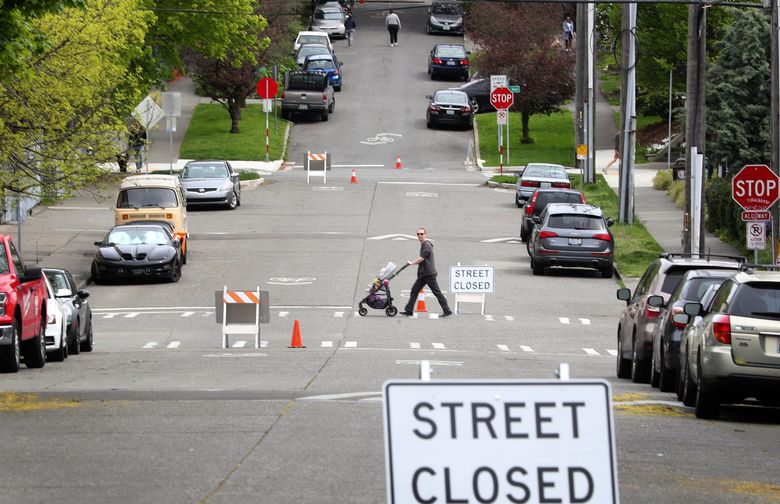Mayor sees pandemic as chance to change travel habits and revitalise city
May 21 2020
May 21 2020
A scheme to turn part of Bristol’s historic centre into a pedestrian-only zone within months has been set out as part of plans to change how people get around the city during and after the Covid-19 crisis.
The city council hopes that by the end of the summer a tranche of the Old City area – which includes restaurants, cafes, independent shops and Bristol crown court – will be free of traffic...





